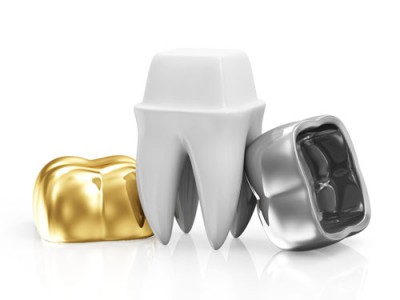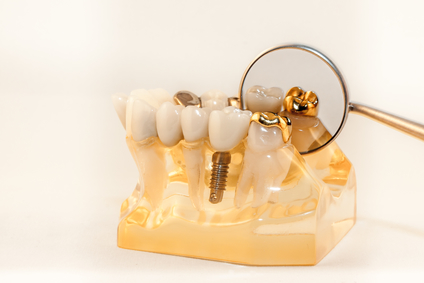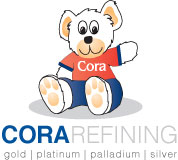At Cora Refining we specialize in identifying and refining dental materials throughout the United States and Canada. We make it our job to provide you with the easiest dental refining experience and the highest possible return on dental scrap.
While there are many different types of dental scrap that we at Cora Refining accept, do you know how each form of dental scrap affects your return? Did you know that your return is affected by more than just the current values of precious metals such as gold and palladium? What affects how much cash for dental bridges you’ll be able to get? We’ve discussed the answers to these questions and more below.

Most Commonly High Valued Dental Scrap
- Dental Crowns
- Bridges
- Buttons
- Ingots
- Onlays
- Inlays

The Affect of the Grade of Gold
Dental crowns and bridges can be made from precious metals; however, the value of each can be very different. The value is affected by the percentage of precious metals present. Although it may be difficult to determine the value of your dental gold in your own dental office, when we test the metal through our gold refining processes we are able to accurately define the value.

3 Classifications of Alloys
Primarily gold and palladium alloys are used in the dental industry. Dental alloys are a blend of various precious metals and each alloy has a different proportion of metals. Each one exhibits different physical properties allowing the dentist or technician to get the best results from their alloy. As an example, in dental crowns you often won’t find pure metals, because the alloys have more beneficial physical characteristics. However, keep in mind that the crowns still hold value as dental scrap if they are made of metal or porcelain-fused-to-metal.
There are 3 classifications of alloys used by dentists, classified by the composition of the material being used. The first is called “precious” or “high noble” and is the most valuable. The next classification is “semi-precious” or “noble” and is of lesser value but still more than the last classification, known as, “non-precious” or “non-noble.”
While each classification has its own benefits such as cost, color, physical attributes, and insurance coverage, scrap value is also of interest to us. “High noble” precious metals are composed of 60% noble metal such as gold, palladium or platinum, and more than 40% of that is always gold. Some examples of high noble dental alloys are JRVT, which appears yellow, Noble-Cast 67, which appears yellow, and Encore (White High Noble), which appears white.
“Noble” or semi precious metal is comprised of at least 25% of a noble metal such as gold, palladium, or platinum. Such alloys that fit into this category are, for example, Argenco 20, which appears yellow, and Argelite SR+, which appears white.
“Non-noble” or nonprecious metal is comprised of less than 25% of noble metals and may have little to no metal of significant value present. These alloys are most commonly made up of nickel, cobalt, chromium, and beryllium. Examples of alloys within this category are Argeloy N.P. Supreme and Argeloy N.P. Both of these examples appear white.
If you’re ready to start getting the most money for your dental scrap call the professionals at Cora Refining. We provide our customers with an unbeatable refining experience, getting you the most cash for your dental scrap.

